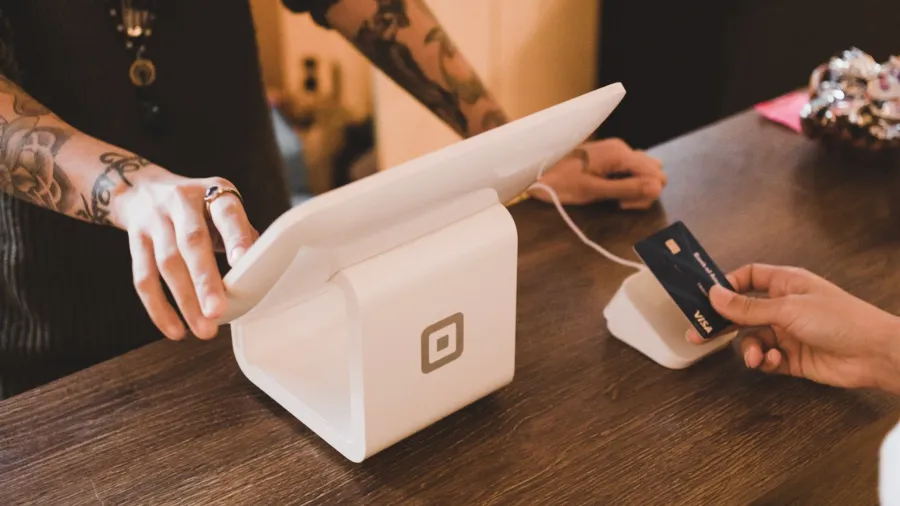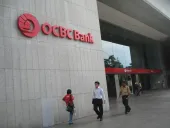
Singapore’s SMBs adapt as more consumers seek contactless payments
Nearly four in five Singaporeans expect to use contactless payments, the highest in the world.
Singapore’s small and micro businesses (SMBs) expect to face more challenges amidst rising demand from customers for fully digital payments punctuated by ongoing COVID related challenges, a survey by Visa found.
Over half or 55% of local SMBs believe that challenges caused by COVID-19 will outlast the pandemic, and on top of meeting these challenges they face having to contend for customers’ payment preferences, according to Visa’s Back to Business Study.
Over the next three months, nearly four in five Singapore consumers (79%) expect to use contactless payments whenever possible. This is reportedly the highest of all markets Visa surveyed and higher than the global average of three in five (60%).
Digital payments have become increasingly important to Singaporean shoppers, with nearly half (45%) of those surveyed saying that they would not shop at a store that doesn’t offer contactless payment methods.
“Consumers have come to expect contactless payment options when they shop, so it is critical for businesses to embrace digital payments,” said Kunal Chatterjee, Visa Country Manager for Singapore and Brunei.
This shift to digital solutions has, in turn, presented SMBs with new challenges. Nearly half of Singapore SMBs (47%) named security and fraud management software as amongst the top critical areas they needed to invest in to meet consumer expectations.
SMBs looking to shift to selling online also named data privacy and security as amongst their top concerns, with 40% indicating such.
As one of the markets with the highest contactless penetration, Singapore reportedly remains at the forefront of the global shift towards contactless payments, according to Visa. The global payments network said that more than nine in 10 of its transactions in Singapore occurred with a tap.
Over the past year, SMBs said that they have accepted new digital forms of payments (45%), focused on new or differentiated products (44%), and expanded into new business locations (41%).
In the future, many SMBs plan to sell products to international customers (44%), sell products or services online (39%), as well as offer home delivery (36%) and kerbside pickup (22%).
The good news is that Singaporeans reportedly remain willing to support local businesses; more than two in three (71%) shop at locally-owned SMBs at least half the time, Visa found.




![Lorem Ipsum [ABF 1]](https://cmg-qa.s3.ap-southeast-1.amazonaws.com/s3fs-public/styles/exclusive_featured_article/public/2025-03/a_hand_pointing_to_a_futuristic_technology_5b87c9d0e3_1.png.webp?itok=2w0y1WhS)


![Cross Domain [Manu + SBR + ABF + ABR + FMCG + HBR + ]](https://cmg-qa.s3.ap-southeast-1.amazonaws.com/s3fs-public/styles/exclusive_featured_article/public/2025-01/earth-3537401_1920_4.jpg.webp?itok=WaRpTJwE)







 Advertise
Advertise

